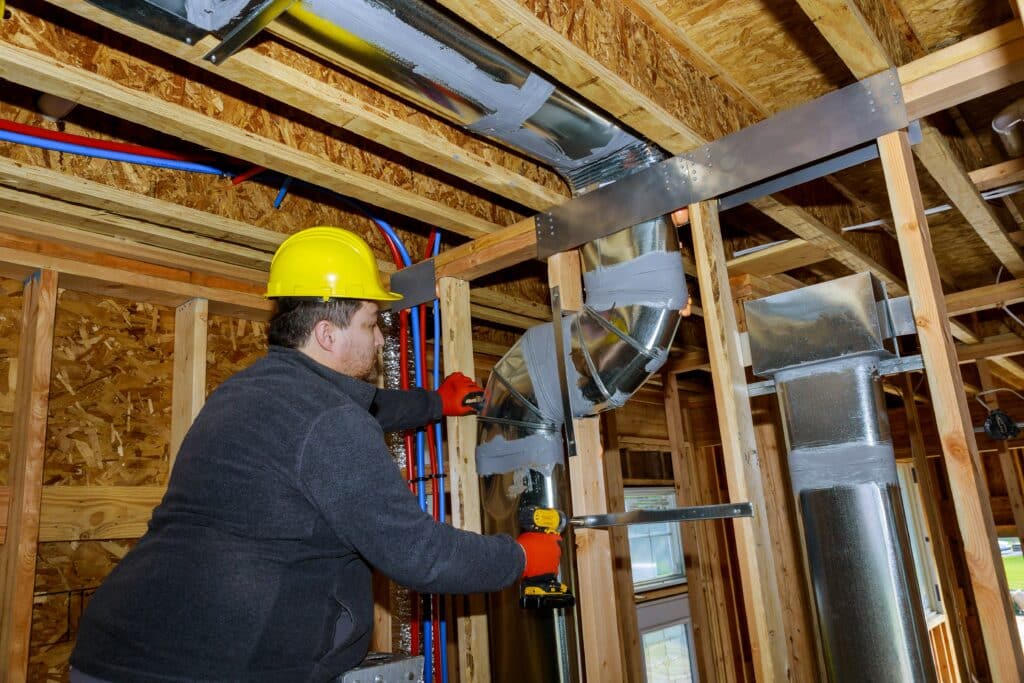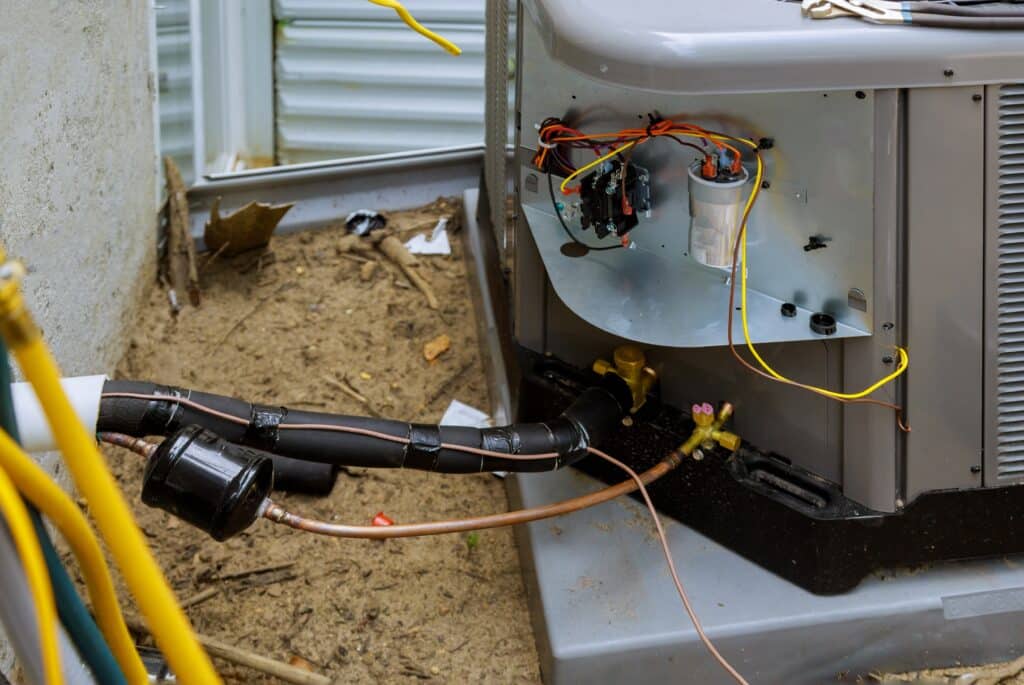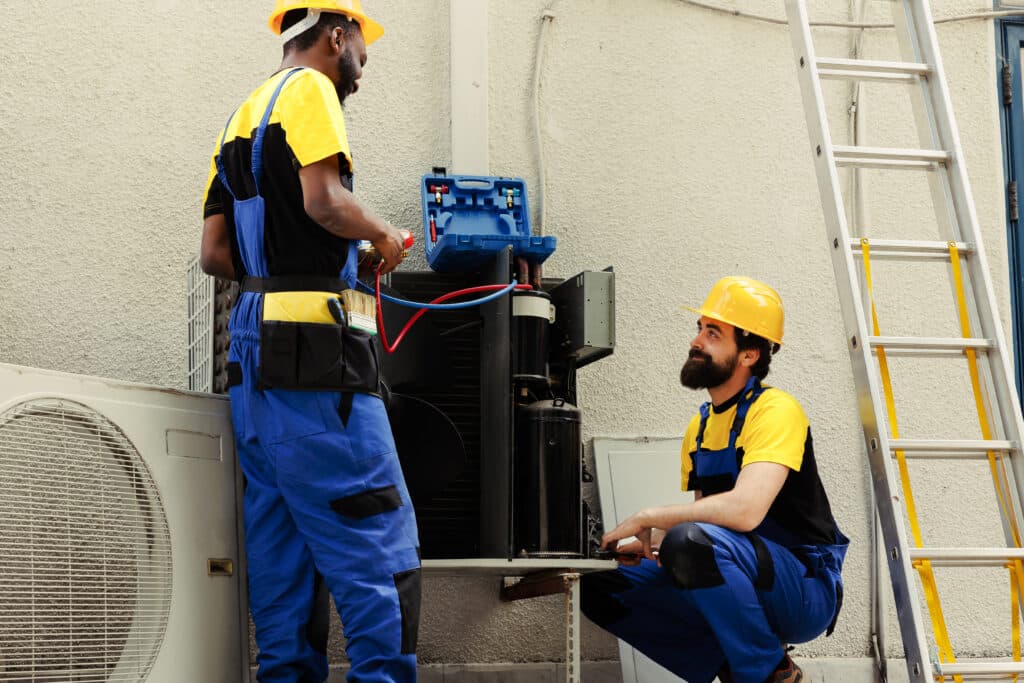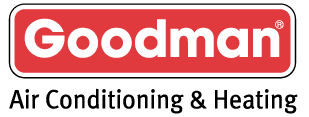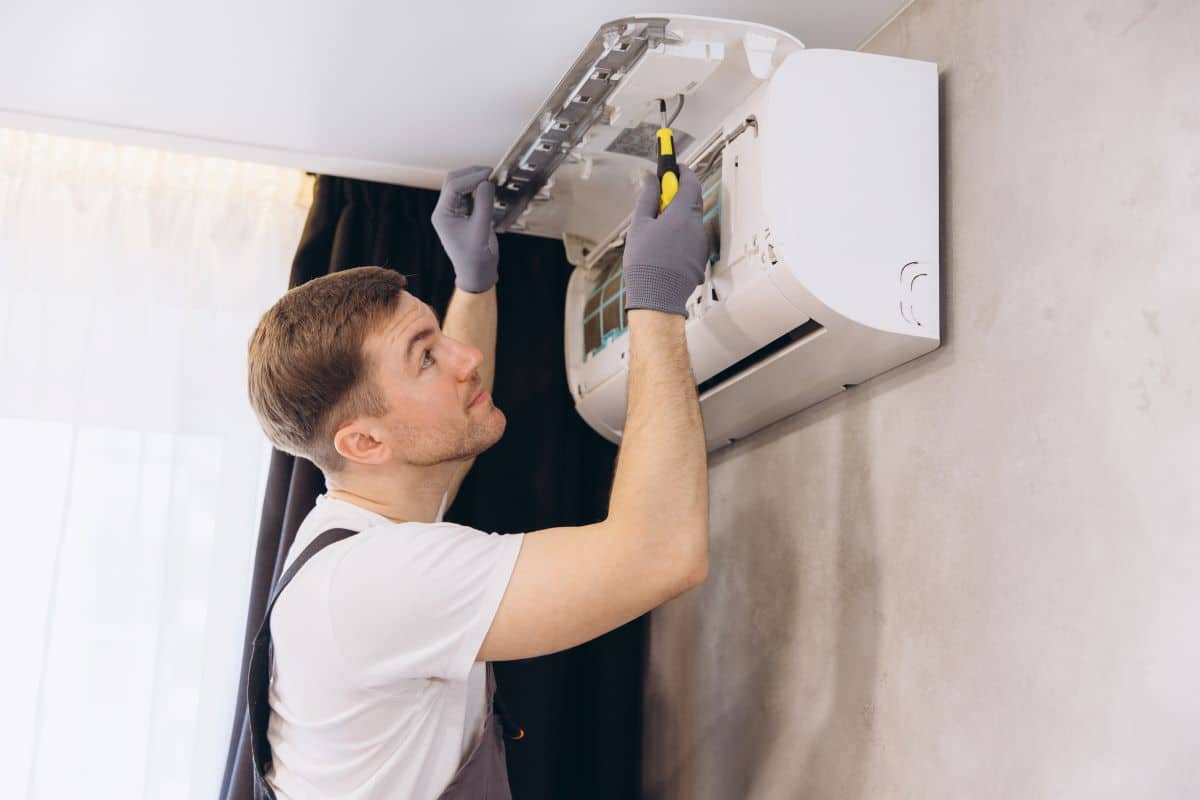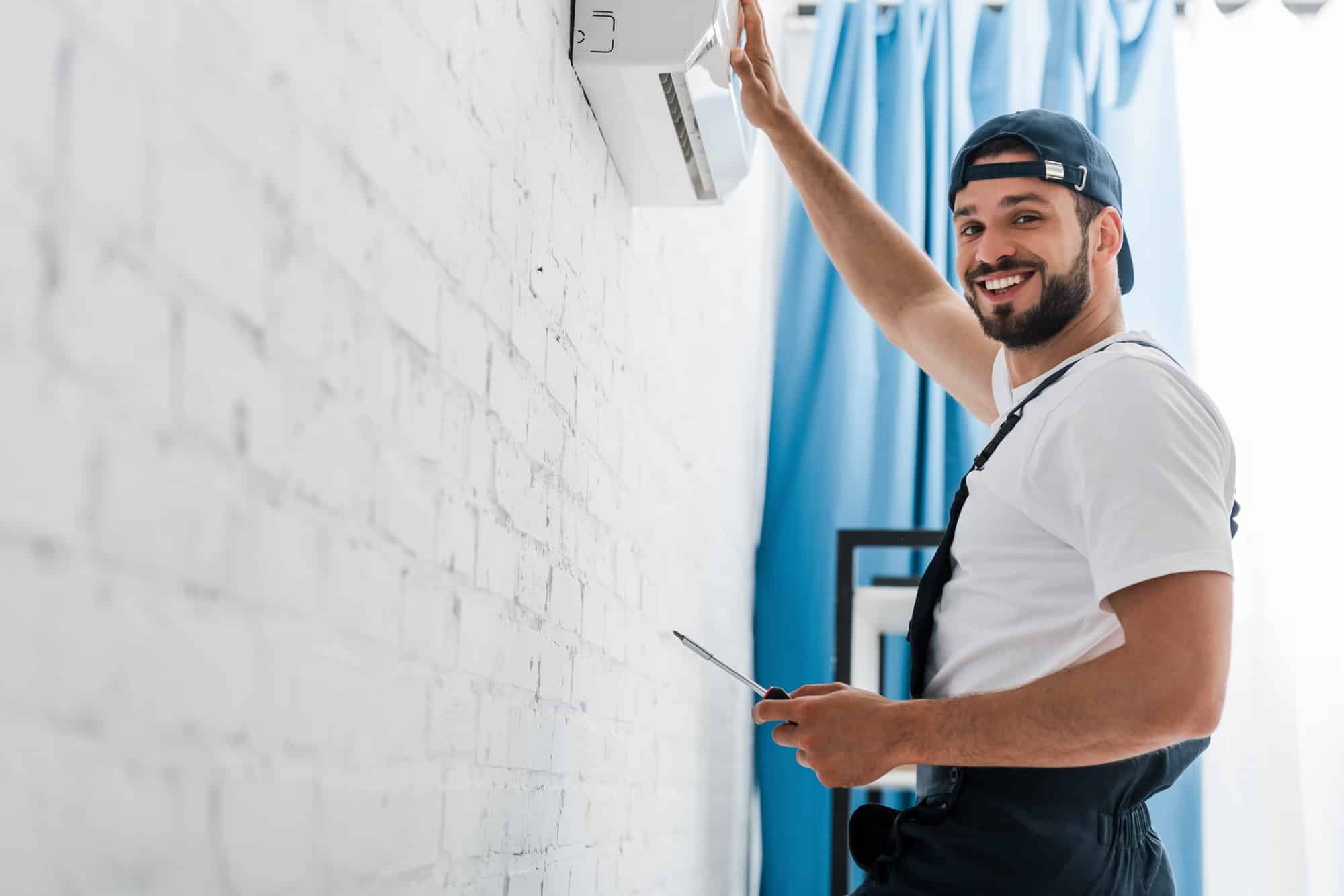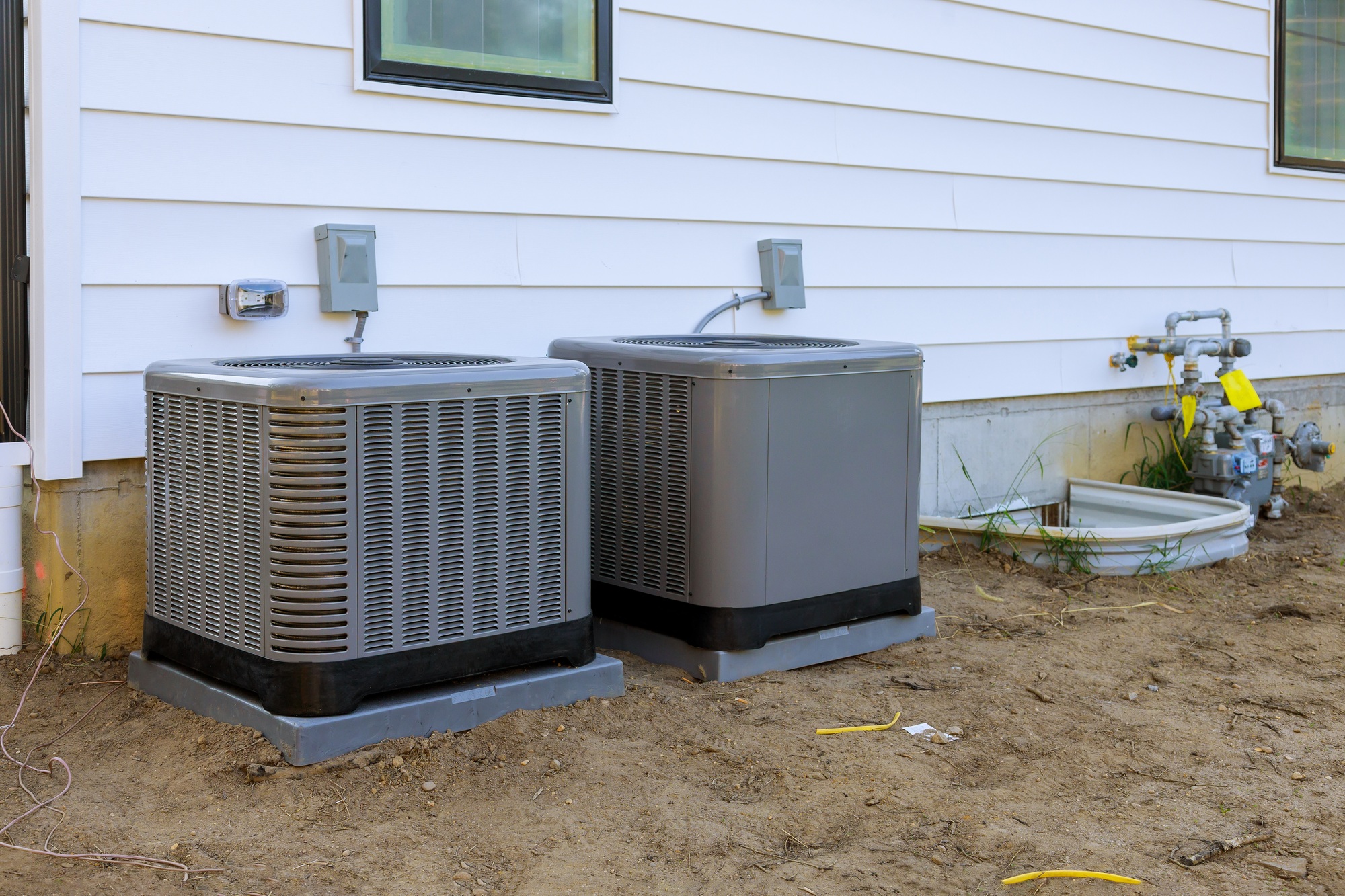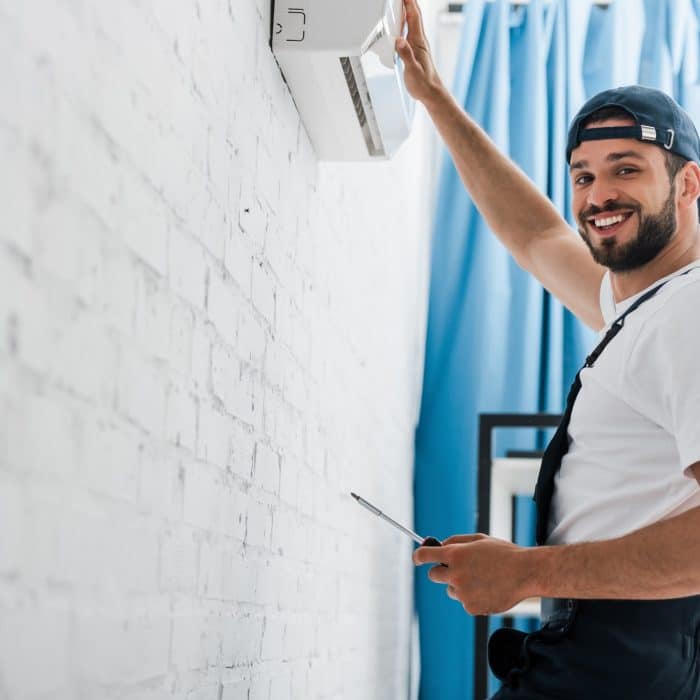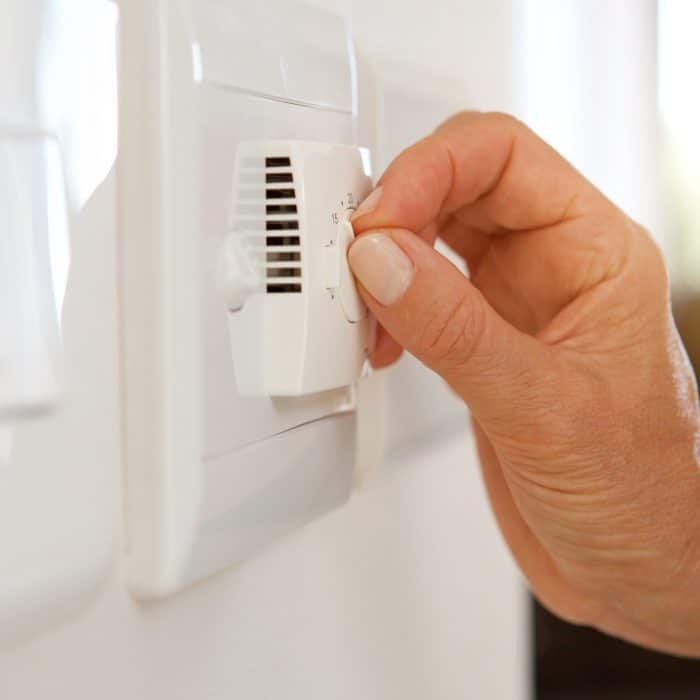
Winter often brings uncomfortably dry air into our homes, which can lead to a host of problems, from dry skin and cracked lips to respiratory discomfort and static electricity. By optimizing your HVAC system, you can combat dryness and maintain healthy humidity levels throughout your home. Let’s explore each method in more detail.
Install a Whole-Home Humidifier
A whole-home humidifier is one of the most effective ways to combat dry air.
- How It Works: These systems are connected directly to your HVAC unit and introduce moisture into the warm air circulated by your furnace. Unlike portable humidifiers, which require frequent refilling and only cover limited areas, a whole-home humidifier operates automatically and provides consistent coverage across your entire home.
- Benefits: Not only does this prevent dry skin and respiratory irritation, but it also protects wood furniture, flooring, and musical instruments from cracking due to low humidity levels.
- Professional Installation: It’s best to have a qualified HVAC technician install the humidifier to ensure seamless integration with your existing system.
Upgrade to a High-Efficiency Furnace
If your furnace is more than 15 years old, it might be contributing to dry air problems.
- Modern Technology: High-efficiency furnaces use advanced systems like sealed combustion and modulating gas valves to provide heat more effectively without drying out the air. They operate at lower, more consistent temperatures, which reduces the intensity of air drying.
- Energy Savings: These systems are also energy-efficient, meaning you’ll save money on heating bills while keeping your home more comfortable.
- Environmental Benefits: By consuming less energy, high-efficiency furnaces are also better for the environment, making them a win-win investment.
Use Smart Thermostats for Precise Control
Smart thermostats offer precision and convenience when it comes to managing your home’s environment.
- Humidity Monitoring: Some models can be paired with sensors to track humidity levels in addition to temperature. You can program the thermostat to maintain a specific humidity range, ensuring optimal comfort.
- Automation: Smart thermostats allow you to set heating and humidity preferences that adjust automatically based on your schedule or weather conditions, so your home stays comfortable without manual adjustments.
- Energy Efficiency: By optimizing furnace operation, a smart thermostat can also help you save on energy costs while maintaining better air quality.
Change HVAC Filters Regularly
Your HVAC system’s filters play a critical role in maintaining airflow and air quality.
- Why Filters Matter: Dirty or clogged filters restrict airflow and force your system to work harder, which can dry out the air and reduce efficiency.
- Improved Air Quality: Regularly replacing your filters not only improves humidity distribution but also reduces dust, allergens, and pollutants in the air, making your home healthier.
- Best Practices: Use high-quality filters designed for your HVAC system, and replace them every 1–3 months depending on usage and environmental factors.
Seal Ductwork for Maximum Efficiency
Leaky ductwork can undermine your HVAC system’s performance, leading to uneven humidity and wasted energy.
- The Problem: Gaps or holes in ducts allow heated air to escape and cold, dry air to enter, disrupting temperature and humidity control.
- The Solution: A professional duct sealing service can ensure your system operates efficiently, keeping your home evenly heated and reducing the likelihood of dry air problems.
- Energy Benefits: Sealing ducts can also lower your heating bills by improving system efficiency.
Avoid Overheating Your Home
Excessive heating dries out the air, leaving your home feeling less comfortable.
- Ideal Temperatures: Set your thermostat to a comfortable range, typically between 68–72°F during the day. Avoid the temptation to crank up the heat, as this can strip moisture from the air.
- Alternative Comfort Solutions: Instead of overheating your home, use blankets, cozy clothing, and warm beverages to stay comfortable without overburdening your HVAC system.
Ventilate Strategically
Proper ventilation ensures that fresh air enters your home without compromising humidity levels.
- Limited Exhaust Fan Use: While exhaust fans are essential in bathrooms and kitchens, overusing them in winter can deplete moisture in the air. Turn them off when not needed.
- Fresh Air Intake: On milder days, briefly open windows to let in fresh air and balance indoor humidity. This prevents the air inside from becoming overly stale or dry.
- Energy Recovery Ventilators (ERVs): Consider installing an ERV to exchange stale indoor air with fresh outdoor air while retaining humidity and heat.
Monitor Humidity Levels Regularly
Keeping track of your home’s humidity is essential to maintaining a comfortable environment.
- Hygrometers: Affordable and easy to use, hygrometers measure indoor humidity levels. Place one in central areas of your home to monitor conditions.
- Balance is Key: Aim for a range of 30–50%. Levels below 30% indicate dry air, while levels above 50% can lead to excess moisture and mold growth.
- Adjust Accordingly: Use a humidifier or dehumidifier as needed to maintain balance.
Schedule HVAC Maintenance
Routine HVAC maintenance is crucial for efficient operation and improved air quality.
- Professional Inspections: A qualified technician will check your system for any issues that might contribute to dry air, such as dirty filters, worn-out components, or inefficient airflow.
- Duct Cleaning: Cleaning your ducts ensures that dust and debris don’t contribute to dryness or poor air quality.
- Preventative Maintenance: By addressing potential problems early, you’ll ensure your system operates effectively all winter long.
Contact Generation Air Conditioning & Heating for all of your HVAC needs!
